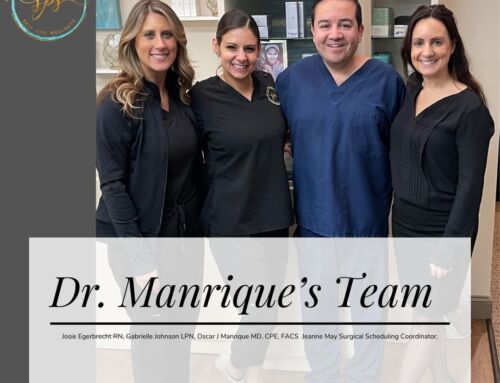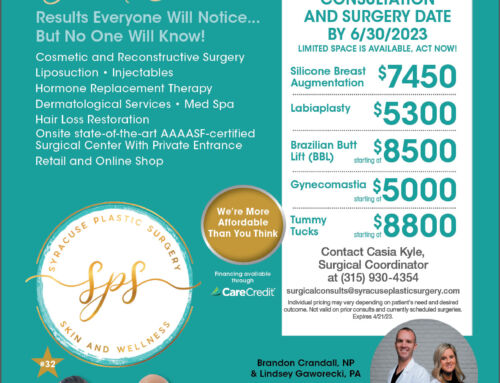It’s not uncommon for people to confuse cosmetic and plastic surgeons. Actually, these medical professionals are quite different in terms of experience, certification, and levels of training. In order to be named a plastic surgeon, a physician must complete a residency training program in that field. This program is extensive and can span for a period of 6 to 8 years, in addition to the years of medical school that all physicians go through. In addition to cosmetic procedures such as facelifts and tummy tucks, plastic surgeons have training in hand/microsurgery, cranio-facial surgery, and burn surgery. With so many components in plastic surgery, many surgeons choose to specialize in one area, which could include cosmetic procedures.
Cosmetic surgery, on the other hand, is not recognized as a physician’s area of specialty by the American Board of Medical Specialties. That means that technically speaking, nearly any physician could call themselves a cosmetic surgeon. These physicians may choose to go through training or learn about new cosmetic procedures; however, they are not able to provide the services that a board-certified plastic surgeon can. In fact, cosmetic surgery is not recognized by the American Board of Medical Specialities (ABMS) as a real speciality and thus, does not require board certification. Physicians who offer cosmetic procedures often include dermatologists, ophthalmologists, or general surgeons.
Patients should always ask a surgeon about their training, experience, and certifications. It’s your right to get that important information up front so you can make an informed decision and choose a qualified professional you can trust.






